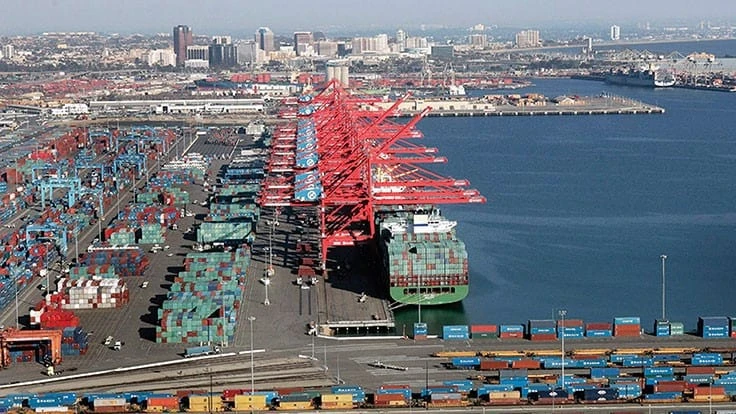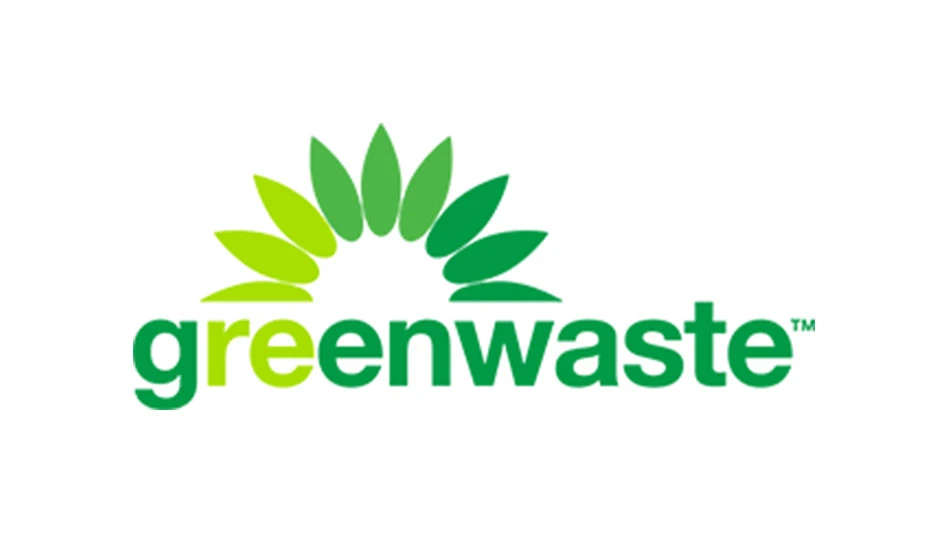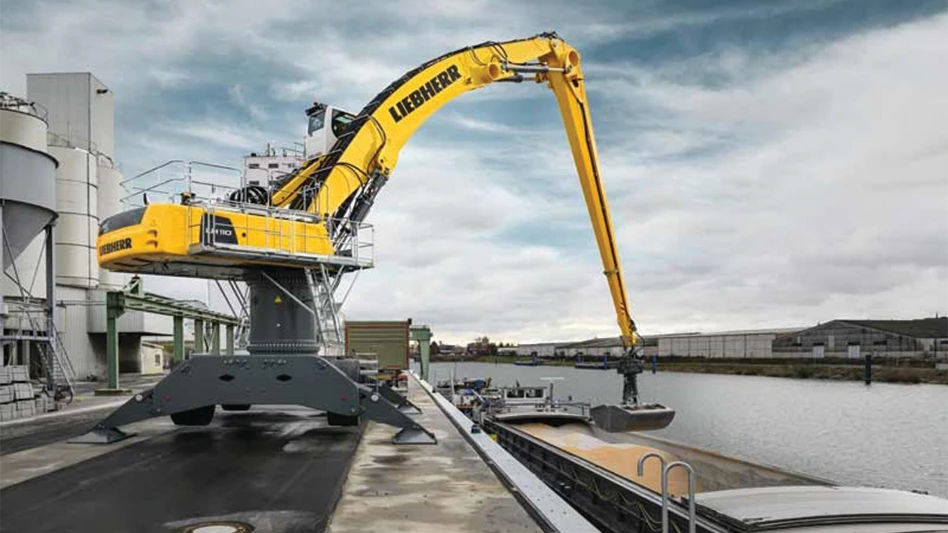
The invasion of Ukraine by Russia and flareups of COVID-19 inside China are adding new complications to an already complicated global freight sector.
London-based Clarksons Research cites those factors as adding to ongoing “disruption to global logistics and supply chains,” according to a late March online article from Greece-based Hellenic Shipping News.
That disruption “remains widespread,” says the publication, with global port congestion in March “running above the levels seen last year and specific container fleet congestion trending toward previous highs.”
The Clarksons Containership Port Congestion Index rose to 35.2 percent on March 16, up from 33.7 percent a month earlier. Hellenic Shipping News says the index was affected by “operational ‘knock-on’ effects from the Russia-Ukraine conflict (e.g. delays due to customs inspections) at container ports globally” and new COVID-19-related lockdowns in China.
This 35.2 index figure compares to a “pre-Covid” (2016-19) average of 31.3 percent, although the index remains below the October 2021 peak of 37.5 percent, says the publication.
Regarding freight rates, the ClarkSea Index managed by Clarksons checked in at $41,377 on March 18, which the firm says is just 3 percent below the 12-year high seen in October 2021.
“Congestion trends at containership ports remain acute,” states Hellenic Shipping News. It says congestion “hotspots” in the container network this year can be found in the United States, China and Northern Europe.
Recyclers who export from the U.S. Pacific Coast are among those in the sector who have been hit hard throughout the pandemic by freight-related delays and high costs.
Latest from Recycling Today
- Sourgum launches services in Mississippi
- PLASTICS provides FFRA, staffing updates
- Metals Innovation Initiative announces competition to address problems in Kentucky’s metals industry
- Dow, Mura Technology cancel chemical recycling plant in Germany
- Brightmark, Lewis Salvage partnership processes 1M pounds of medical plastics
- US paper recycling rate, exports down in '24
- Century Aluminum to restart idled production at South Carolina smelter
- Teaching kids the value of recycling








